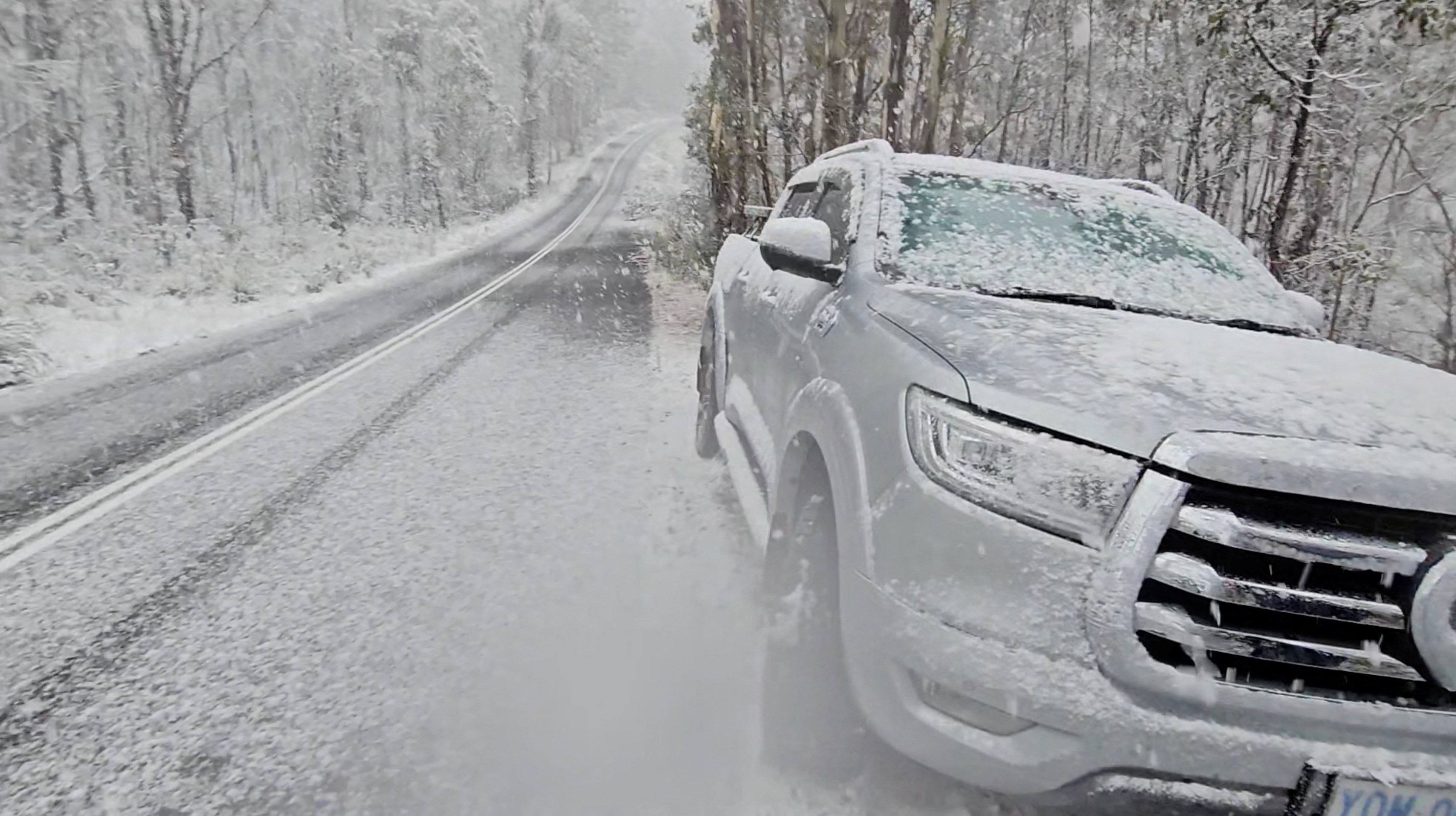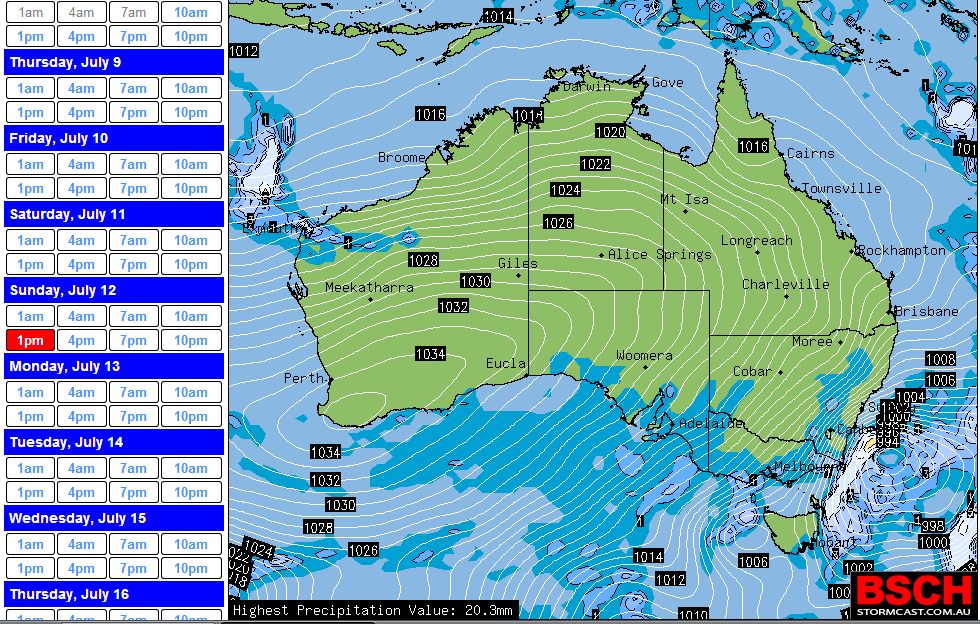Recognizing the Relevance of Snow in Australia for Farming and Tourist
While Australia is often linked with sun-kissed beaches and arid wilderness, it likewise boasts a riches of snowy towering regions. As we explore this unusual junction, the potential influence of moving environment patterns on Australia's snowfall and its succeeding results become an engaging focus.

The Unanticipated Snowfall: Australia's Alpine Regions
When wintertime cloaks the world, Australia's Alpine regions don a white mantle of snow, a spectacle that seems practically paradoxical in this dominantly sun-baked land. In contrast to the stereotypical image of Australia as a land of coastlines and deserts, these regions provide a unexpected and beautiful contrast. The Australian Alps, extending throughout New South Wales, Victoria, and the Australian Capital Area, get more snowfall than Switzerland. This unanticipated wintertime heaven offers an unique ecological community, giving a habitat for a number of indigenous types and a snowy playground for winter months sporting activities lovers. The yearly snowfall, although not as abundant as in some nations, is a crucial aspect of Australia's climate diversity and plays a significant function in the country's farming methods and tourist industry.
Winter's Bounty: Snow's Contribution to Australia's Water Resources
Despite its rarity in the wider landscape of Australia, snow in the Alpine regions plays a critical function in the nation's water resources. Functioning as a natural storage tank, the snowpack stores water throughout the chilly months, gradually releasing it into rivers and dams as it thaws in warmer periods. This process makes sure a consistent supply of water, assisting in the stablizing of the nation's water cycle. This is specifically crucial for Australia, a continent often tormented by droughts. Moreover, the snowmelt feeds into the Murray-Darling Basin, a lifeline for numerous areas in the southeastern parts of the country. Without the bounty of winter snow, Australia's water sources would certainly be considerably strained, influencing both the environment and the population.
White Blanket, Eco-friendly Fields: The Effect of Snow on Australian Agriculture
Although much less noticeable, the impact of snow on Australian farming is considerable. Snowfall in the high country works as an all-natural type of watering, slowly melting and providing a consistent water system to lower-lying farmland. This water-rich atmosphere promotes the growth of durable plants, adding to the nation's agricultural productivity. Snowfall boosts dirt health and wellness by presenting moisture and capturing nutrients, which are slowly released as the snow thaws. This procedure enhances the dirt, cultivating the development of healthier, extra durable crops. Furthermore, snow cover serves as a protective covering, shielding the ground against severe winter temperature levels that could otherwise harm plants. Therefore, the duty of snow in Australian farming is both multifaceted and vital.

Cold Money: Snow Tourist and Its Economic Value in Australia
While the worth of snow to Australian farming is often taken too lightly, its payment read here to the nation's tourism sector is without a doubt considerable. The snow-laden peaks of Australia's alpine regions bring in a flurry of vacationers every winter months, adding millions to the national economy. These site visitors take part in a selection of snow-based tasks, from snowboarding and snowboarding to snowshoeing and sledging. The growing snow tourism sector has led to the creation of various tasks, from ski trainers to resort personnel, bolstering regional economies while doing so. Furthermore, the earnings produced from snow tourist assists fund numerous facilities projects and important solutions in these regions - Snow In Australia. Therefore, the financial value of snow tourism in Australia prolongs far beyond the inclines.
Future Forecast: Environment Adjustment and Its Potential Effects on Australia's Snowfall
As the world comes to grips with the reality of environment change, so too should Australia consider its prospective effects on the nation's snowfall. Existing clinical versions predict a decrease in Australian snowfall, with potentially severe effect on both farming and tourist. In some locations, the snow period can be shortened by up to 80 days by 2050. Such changes threaten the viability of Australia's ski industry, which contributes significantly to the neighborhood economic situation. Less snowfall might likewise affect the country's agricultural field, as snowmelt plays a crucial function in sprinkling crops. The potential effects of these changes underscore the urgency of climate change mitigation initiatives, both in Australia and internationally.
Final Thought
In final thought, snow is a critical component of Australia's farming and tourist sectors. The impending threat of environment adjustment raises problems about the future of Australia's snowfall patterns, potentially interfering with these considerable financial industries.

When winter months cloaks the world, Australia's Alpine areas don a white mantle of snow, a spectacle that appears virtually paradoxical visit in this dominantly sun-baked land.Regardless of its rarity in the wider landscape of Australia, snow in the Towering regions plays a vital duty in the country's water resources. Without the bounty of wintertime snow, Australia's water resources would certainly be significantly strained, affecting both the populace and the setting.
Hence, the financial significance of snow tourism in Australia prolongs much past the inclines.
In verdict, snow is a crucial element of Australia's agricultural and tourism More about the author industries. Does Australia Get Snow.